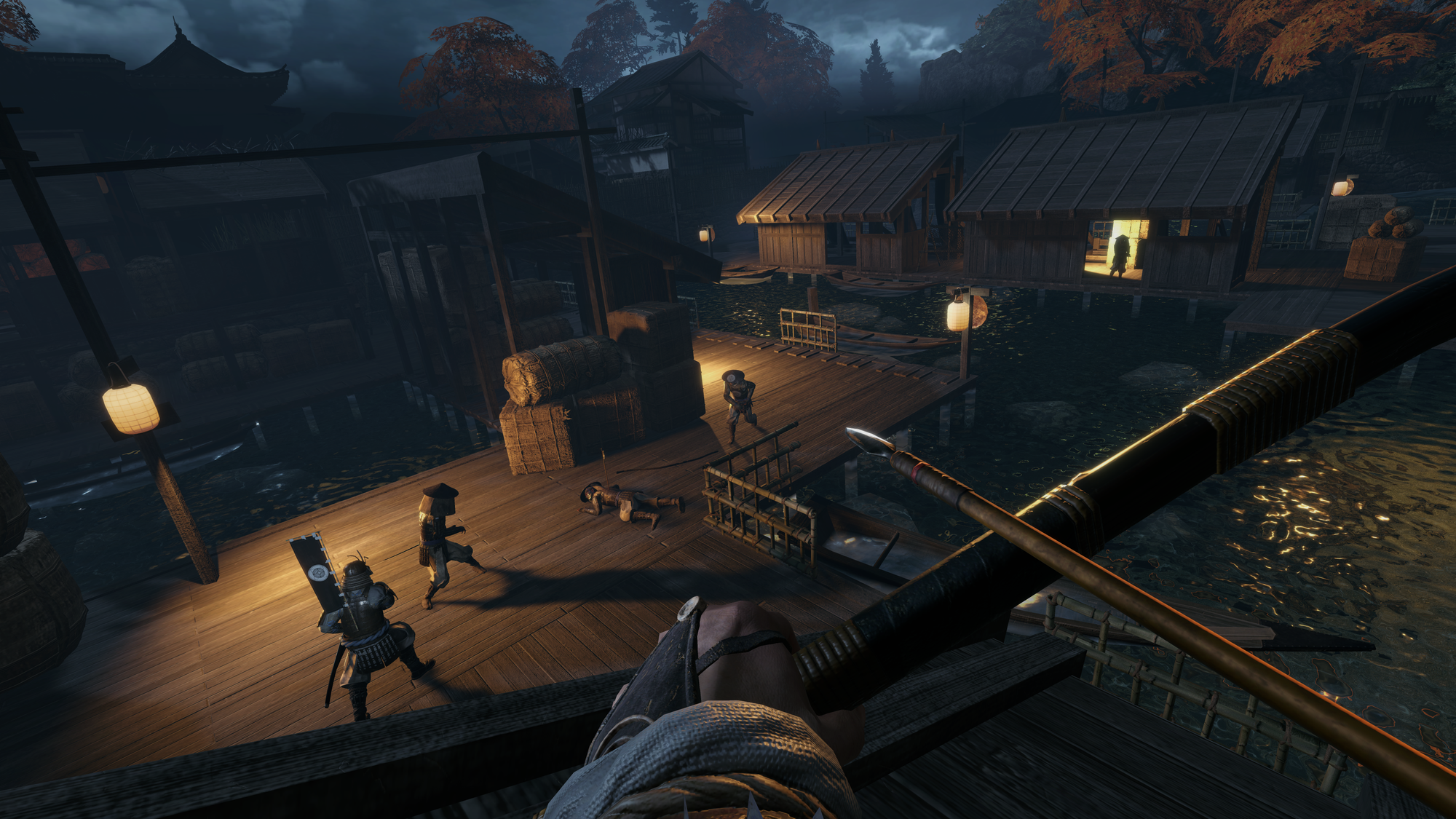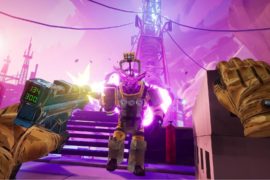When it first released two years ago, Arashi: Castles of Sin didn’t really get a fair shot at making its mark.
By the time it released as a PSVR exclusive in 2021, the headset had become remarkably outdated and there were whispers of PSVR 2 on the horizon. Everyone could sense that PSVR was at the end of a lifecycle that had already well outlasted expectations. It’s strange to now look back on games like Arashi, which released on the headset in its dying days and perhaps didn’t reach as many players as they otherwise could have.
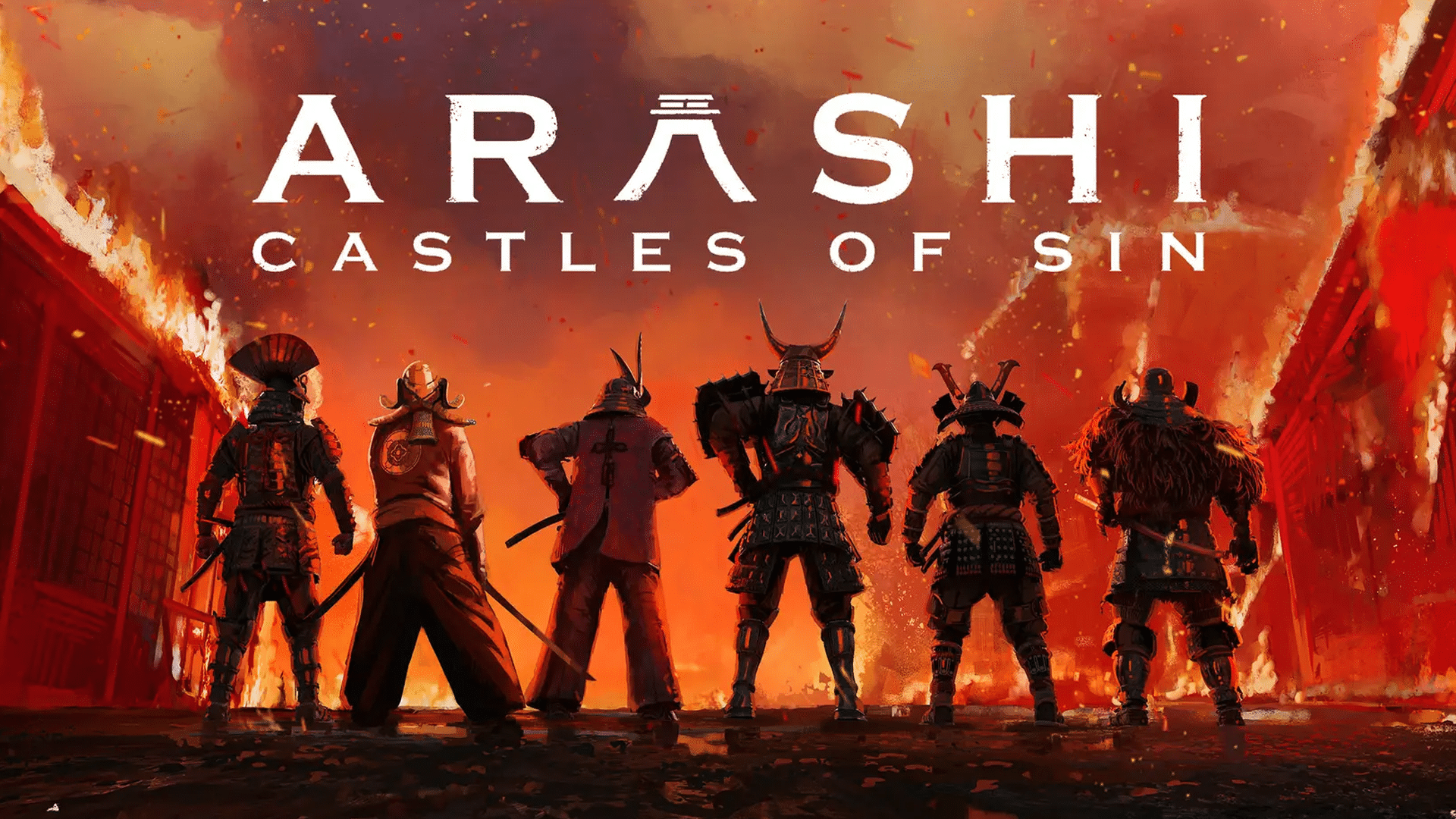
Despite the odd timing, we still rather enjoyed Arashi on release. Our review praised the open-ended levels that granted huge player freedom, as well as the fantastic realization of Feudal Japan. That said, we also noted that bugs, as well as underwhelming AI and combat, let down the game’s better moments. It was nonetheless probably worth a shot for the few people still looking for new PSVR content in 2021. Endeavour One had, against the odds of the creaky technology, produced an entertaining – if at times slightly clumsy – stealth experience.
Two years on, Skydance Interactive are working with Endeavor One to give Arashi a second shot with a new Castles of Sin: Final Cut release, bringing the game to a wider audience than it likely ever enjoyed on PSVR.
Coming to PSVR 2, Quest 2, Quest 3 and PC VR this fall, Final Cut is being pitched as the definitive version of Arashi, with “refinements and upgrades” to the original that include “improved visuals, updated enemy and boss behavior, revamped controls and tons of additional quality of life features.”
After going hands-on at Gamescom, it’s clear that this Final Cut release contains some solid upgrades from the original. However, there’s also a few elements that are needlessly stuck in the last generation, with little justification as to why.
The Clear Upgrades
The Gamescom demo was on PSVR 2, presenting a fairly stunning version of the game with the added power of PS5 behind it. Even as someone who didn’t play the original, the visual upgrades are immediately clear compared to footage of the PSVR original. The environments, particularly texture quality, and lighting have obviously been improved – everything looks a little less blotchy.
The most immediate visual upgrade is seen in your adorable companion wolf Haru. While still just as loveable, she now looks much more realistic compared to her PSVR counterpart – her fur alone is hugely improved, and there’s much more of it.
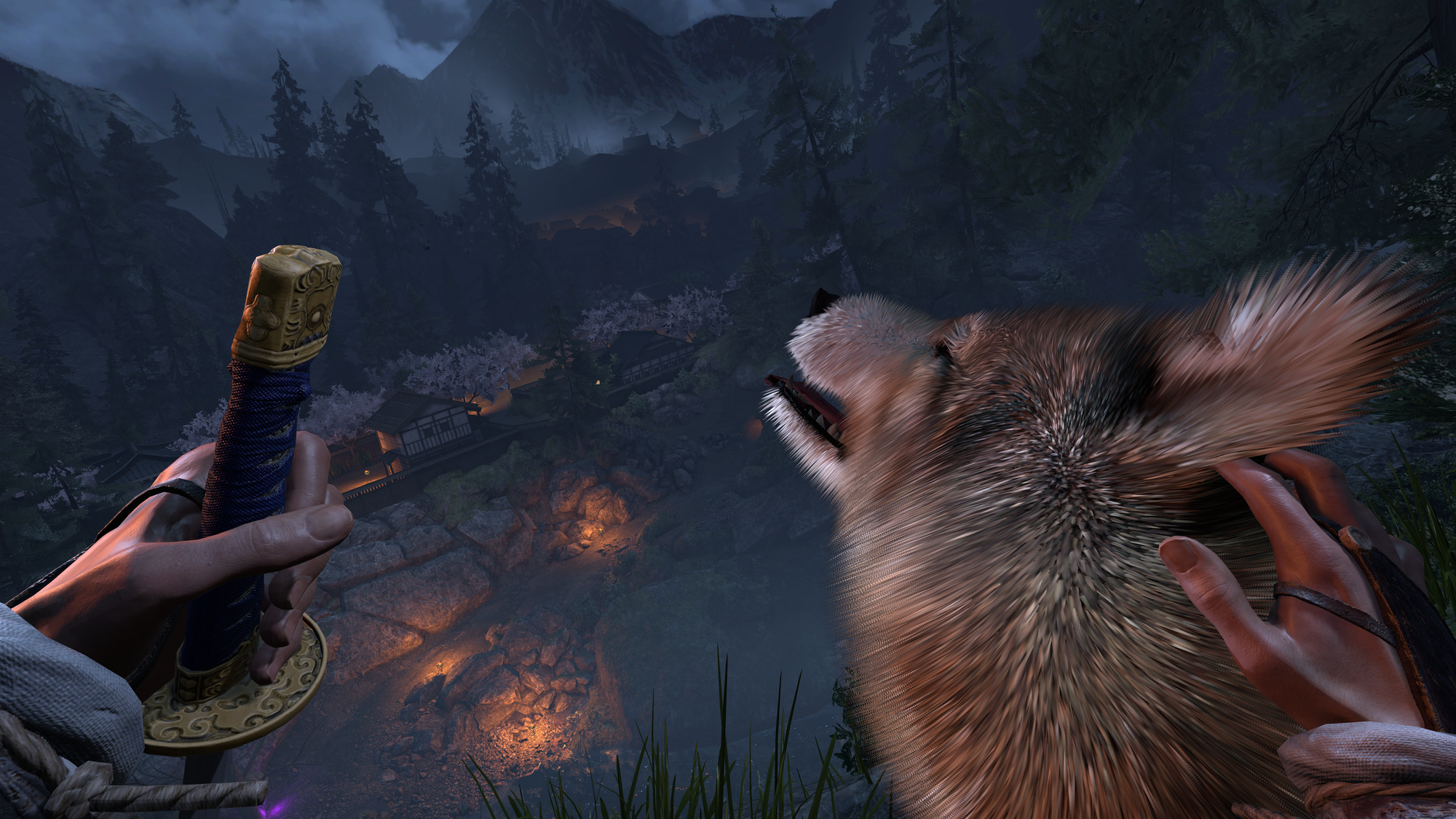
So while definitely not a complete visual overhaul – it still looks like a game from the previous generation with selected upgrades – there’s enough here to be impressive in-headset. It definitely helps that, as with the original, the presentation of Feudal Japan is beautifully done.
Visuals aside, the demo – which covered some exploration, a stealth section and a boss fight from early in the campaign – was hugely enjoyable overall. I had a fantastic time and came away excited to play the full game in full later this year. For those in a similar position to me, this will be a great way to catch up on a title that was easily missed – now on whichever headset you like.
Everything we loved in our initial review still stands, plus there’s been some improvements to areas of criticism as well. The game’s first boss fight is a good example – compared to the fairly slow and clumsy AI in the initial release, the Final Cut features a much more dynamic and extended battle that felt genuinely engaging to fight in.
The switch from Move to the more reliable and dedicated Sense controllers no doubt helps the combat feel more responsive and zippy, but Skydance also noted that changes have been made to add more depth to the encounter. The enemy AI felt aggressive, with multiple attack patterns that required quick, successive parries. The fight also now has multiple phases – after being downed once, the boss will return multiple times with an increasing numbers of ‘shadow’ clones that act as decoys, complicating the entire encounter. It’s a step in the right direction – whether it will help with the overall repetitiveness that we noted in our review remains to be seen.
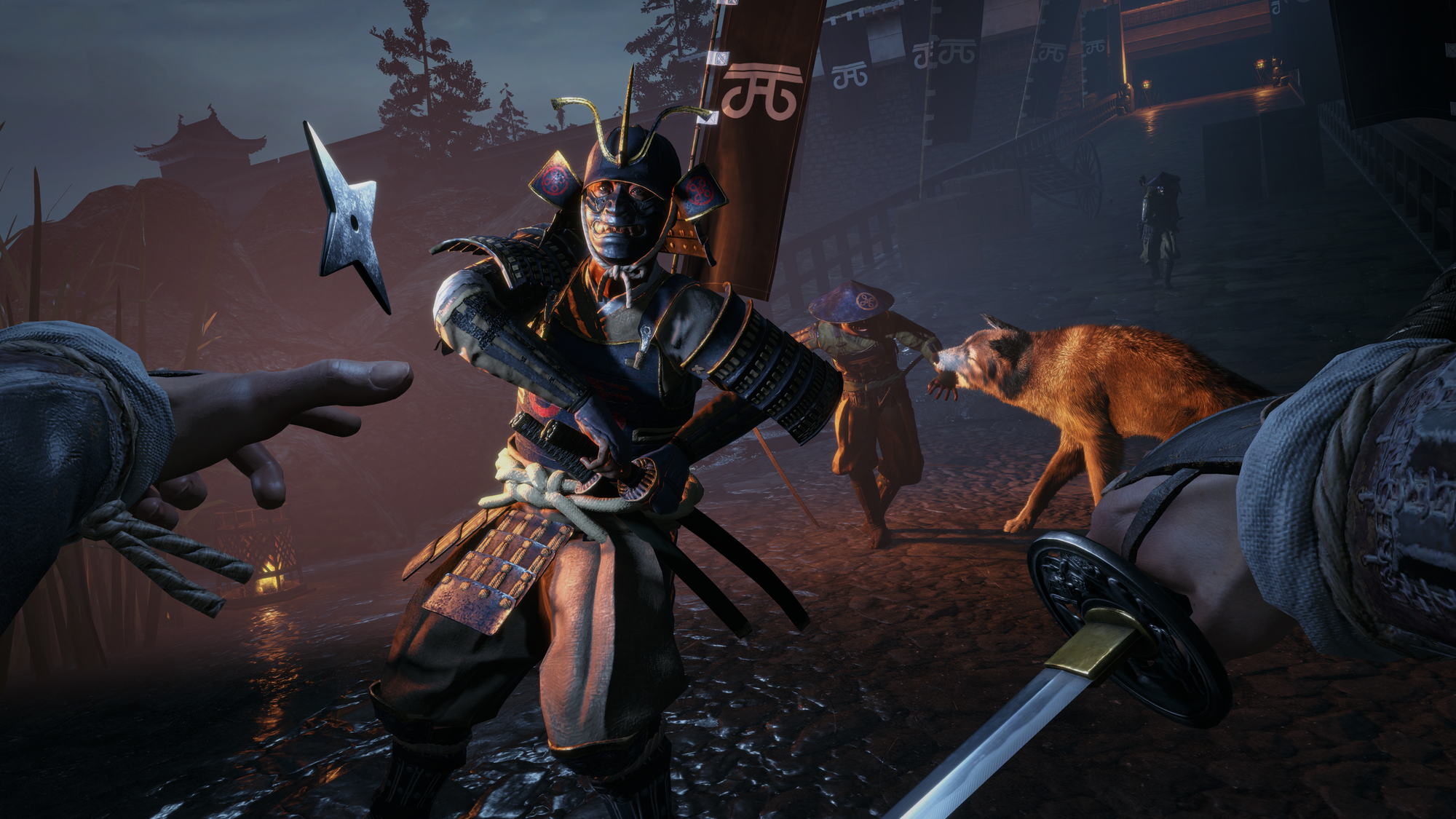
Sitting in the Shadow of Last-Gen
Frustratingly though, the Final Cut demo we played also feature aspects from the original that remained unchanged, representing missed opportunities to truly take advantage of new headset features.
Eye tracking has been a standout feature of PSVR 2, with many titles using it to enable quick and seamless menu selection and games like Synapse integrating it into gameplay with telepathic-like results. Unfortauntely, there’s no similar support in Arashi’s Final Cut.
In the PSVR original, players made menu selections or directed Haru around the enviroinment with a selection reticule that was locked to the center of the headsets field of view. That meant that to make any selection, players had to physically move their head to aim the center-locked reticule. It was a practical solution for the relatively limited functionality provided by PSVR’s Move controllers at the time. Unfortunately though, it remains entirely in tact in the Final Cut of Arashi, requiring players to move their head to make selections instead of integrating eye tracking or even a ray-cast, pointed-based solution with motion controls.
It’s a baffling, seemingly lazy choice that rips you out of the present and sends you shooting back years into the past. There’s no real excuse for it either. If marketed as the definitive next-gen experience, then it’s fair to expect the PSVR 2 version to utilize all the definitive next-gen features where it can. It’s a complete missed opportunity, but also ultimately a decision that drags down the immersiveness of the whole experience.
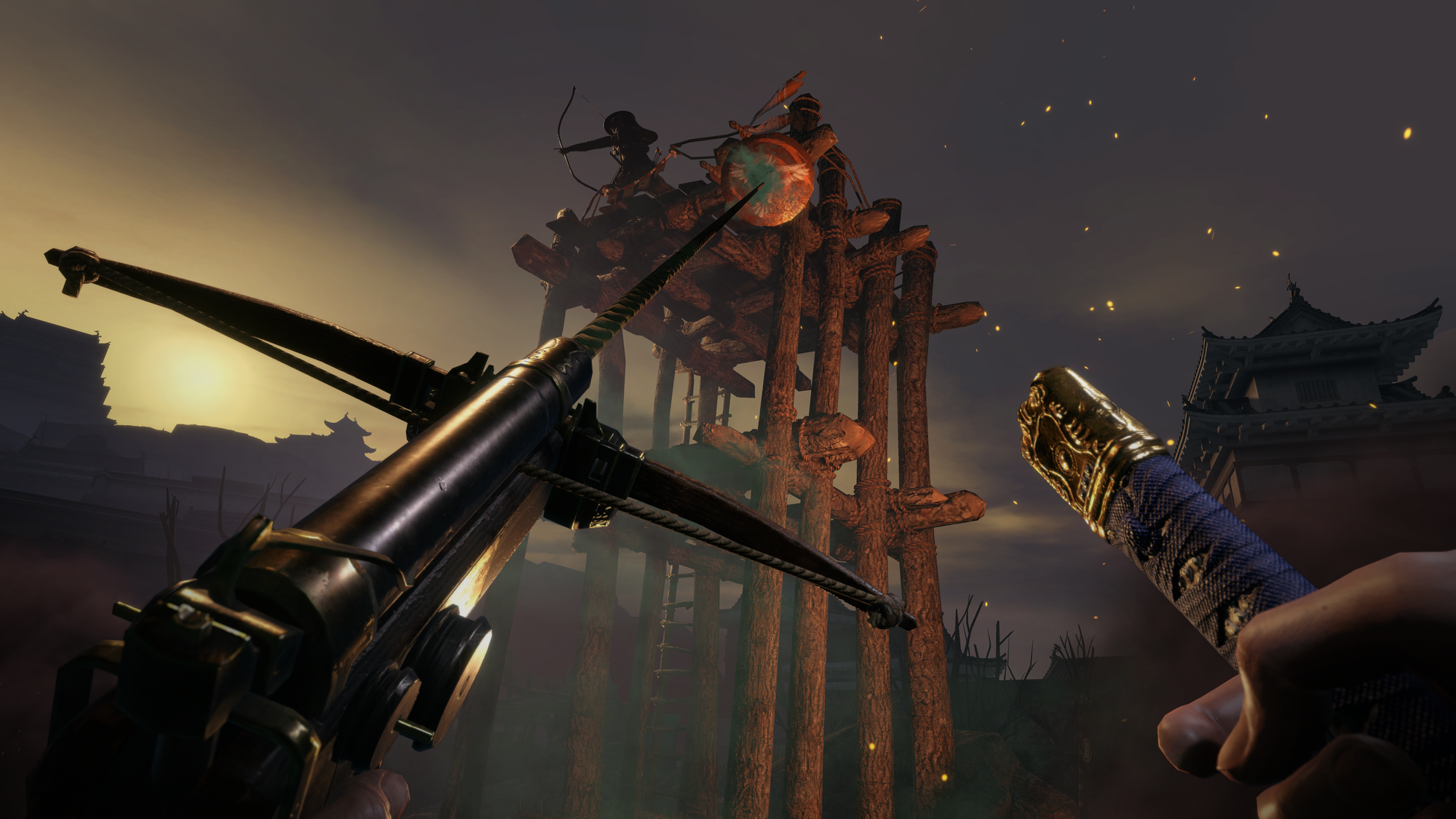
When asked, Skydance confirmed to me that Final Cut will control and operate the exact same on Quest 2, Quest 3 and PC VR as it does on PSVR 2. While eye tracking technology isn’t present on those headsets, there’s still no reason for the game to retain the center-locked reticule selection system on those systems either. A simple system for pointing and selection with motion controllers – as is standard in almost every other release – would be the bare minimum ‘upgrade’.
This all might seem like a small nitpick, but it ultimately brings into question the entire idea of this being a “definitive” version of the game, upgraded for modern headsets. Plus, Final Cut’s wider control scheme and button mappings didn’t feel fully optimized for the transition from Move to motion controllers either. Sheathing weapons was confusingly mapped to the grip buttons and required placing your hands in counter-intuitive, specific positions. Meanwhile the triggers were being used to grab onto ropes and other climbable surfaces, as opposed to the much more intuitive (and again, standard) mapping of the grip buttons.
It seems like the focus has been put into upgrading the visuals and refining encounters, while leaving other aspects of the game relatively untouched. It’s not like no control changes have been made either – stick-based movement is implemented in Final Cut, which simply wasn’t possible on the stick-less Move controllers. It unfortunately puts a damper on the experience, making it feel more of a half-hearted upgrade than it should.
Despite that, there is still an entertaining game to be found here – and perhaps one that many didn’t get to experience when it first released. The original PSVR release of Arashi wasn’t perfect, and it seems like the same might apply to this ‘definitive’ Final Cut. It’s a testament that despite the disappointing last-gen hangovers, I’m still looking forward to the final release. Here’s hoping that Skydance and Endeavour can make some further adjustments before the game ships later this year.
